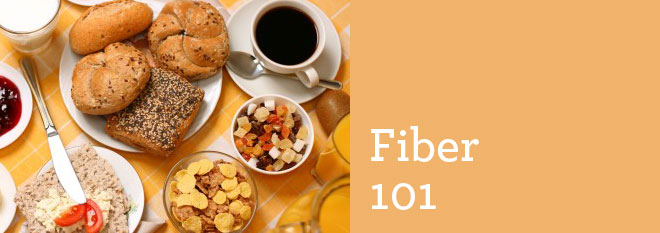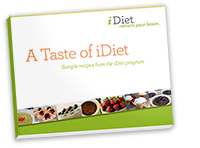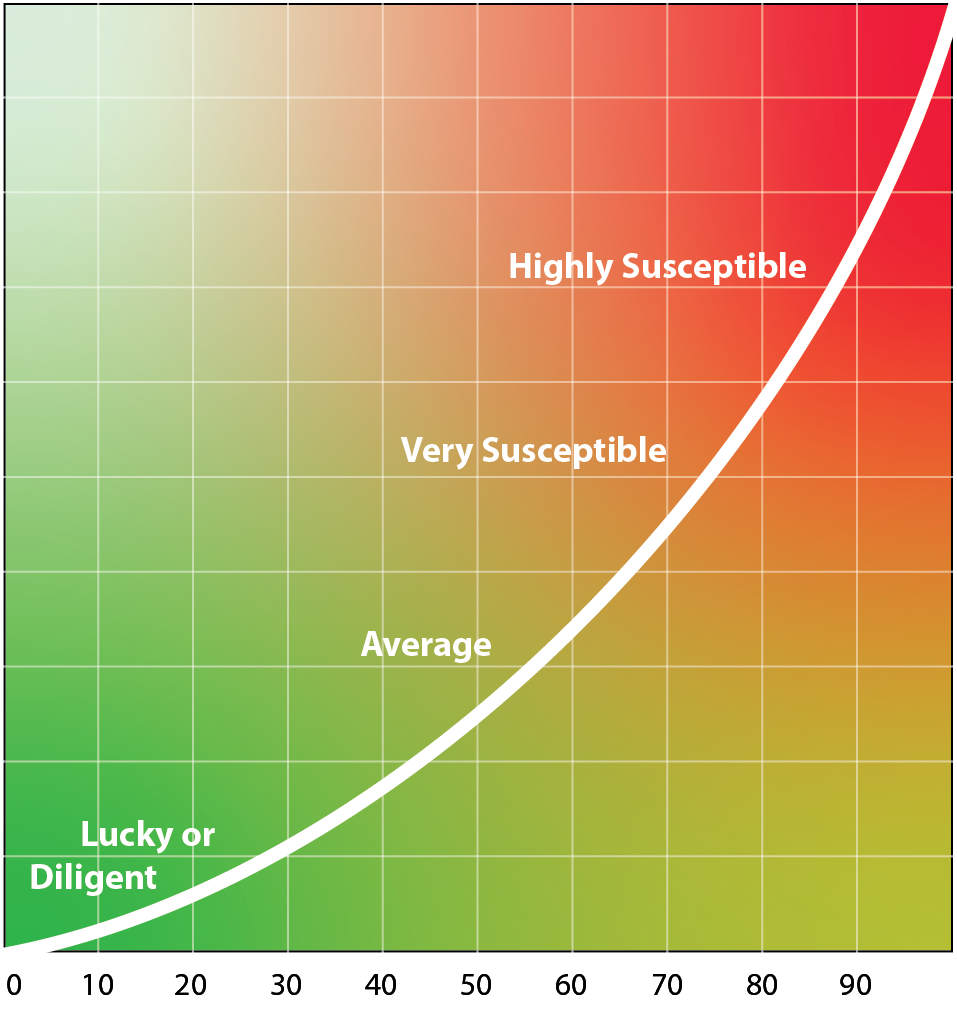The 2 Kinds of Fiber for Fullness | Useful Dieting Tips

Over the past few years we’ve all seen products come onto the market promoting the importance of fiber in the American diet. Companies such as General Mills (who produce our favorite fiber source, Fiber One Original), boast that fiber is not only good for you but it can actually taste good too. I know it’s hard to believe if you are not yet a fiber fan, but getting more fiber in your diet really can be yummy as well as nutritionally beneficial!
So what exactly is fiber? Well let me break it down for you…
Plain and simple, fiber is the indigestible component of food. Yes, you read that right; our bodies do not digest fiber, meaning that intestinal enzymes can’t break it down into small subunits so it can be absorbed into our blood stream More to come on why this is such a fantastic property! There are at least 30 kinds of fiber, but if we just think about the natural (aka non synthetic) kinds, there are two major categories to focus on: soluble fibers (which dissolve in water) and insoluble fibers (which don’t dissolve).
Soluble Fiber
Soluble Fiber (e.g., the fiber in beans and vegetables) forms a gel with water that swells up in the stomach, filling you up. Over time, this gelatinous fiber-water complex usually breaks down and is fermented by bacteria in the lower intestine, which leads to gas as a byproduct. The breaking down process also means that even though you feel full right away after eating foods high in soluble fiber, you likely won’t stay full and satisfied for very long.
Insoluble Fiber
Insoluble Fiber (e.g., the fiber in wheat bran, corn bran) does not form the same kind of gel in the stomach, so it does not give that immediate sense of fullness. However, insoluble fiber generally doesn’t ferment, which means there is no excess gas. When insoluble fiber reaches the colon (remember, it’s not digested), it is thought to activate stretch receptors to signal feelings of fullness — a bonus to dieters everywhere!
Since soluble and insoluble fiber are active at different stages of digestion, it’s good to get both kinds. We tell iDieters that you need the initial fullness from soluble fiber and the all-day fullness from insoluble fiber — which is why it is good to get both every day!
People often worry about fiber leading to constant bathroom trips, or just the opposite — inability to go to the bathroom at all, or sometimes it’s a matter of feeling extremely bloated. Let us first say that it’s not the fiber’s fault — it’s all in how you eat it. The first case is most often the result of too much soluble fiber (remember all that gas!) and not enough insoluble fiber, therefore a balance of both is important. If constipation is your issue, there’s one very easy solution that usually works great… Drink More Water! By drinking the water at the same time you eat your fiber, you’re actually helping the fiber to stay moist, so that you get more fullness (and comfort). Plus, it helps to keep things moving along. And again, that bloated feeling is almost always related to those soluble, fermentable fibers. So if you are susceptible to bloating, focus on gradually increasing your insoluble fiber as you get used to having a higher fiber diet overall.
You need more fiber
Now, the average American only gets about 15 g of fiber a day, which on a good day, might look like an apple, the tiny amount of fiber in regular bread, and some veggies with dinner. The actual recommended amount of fiber is 25-35 g, and 35-55 g of fiber has been shown to increase satiety and suppress hunger above and beyond the recommended 25-35 g during weight loss! To have this amount of fiber in your diet, it’s necessary to eat whole grains, legumes, and vegetables and fruits that are high in fiber. Additionally, high fiber cereals enriched in fiber are a great addition.
In reality, you can almost never have too much fiber if you want to stay full and satisfied! If you want to increase your fiber intake and perhaps lose some weight and feel fuller, just follow these four simple steps:
1. Have both soluble (fruits, vegetables and legumes) and insoluble fiber (wheat bran or corn bran) every day
2. Aim for 40 g of fiber a day for maximum satiety if you are watching your weight
3. Spread out your fiber intake throughout the day (don’t just rely on one very high fiber meal)
4. Drink water each time you have a meal or snack
The bottom line? Fiber is key to successful weight management. Right now — you’re probably not getting enough but it’s an easy fix with great benefits! ☺
Fiberfully Yours,
Dr. Susan Roberts
with The iDiet Team
Wondering how you can increase your fiber to 40 g a day really easily without making huge dietary changes? Read our next blog entry on High Fiber Cereals (HFCs), 8 Best High Fiber Cereals for Weight Control, a fantastic tool for getting more fiber in your diet!
Register Today
Choose the program that’s right for you.

 Yes! I want to receive a 38-page cookbook, and be informed of upcoming classes. No obligation, instant download.
Yes! I want to receive a 38-page cookbook, and be informed of upcoming classes. No obligation, instant download. 